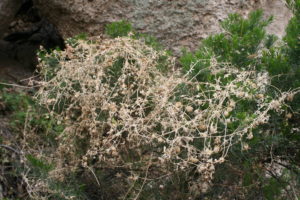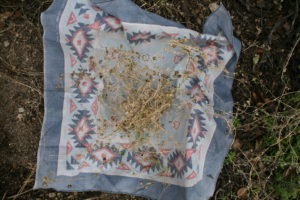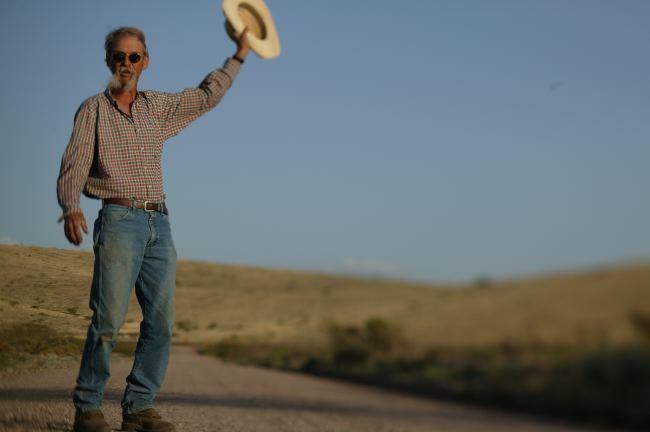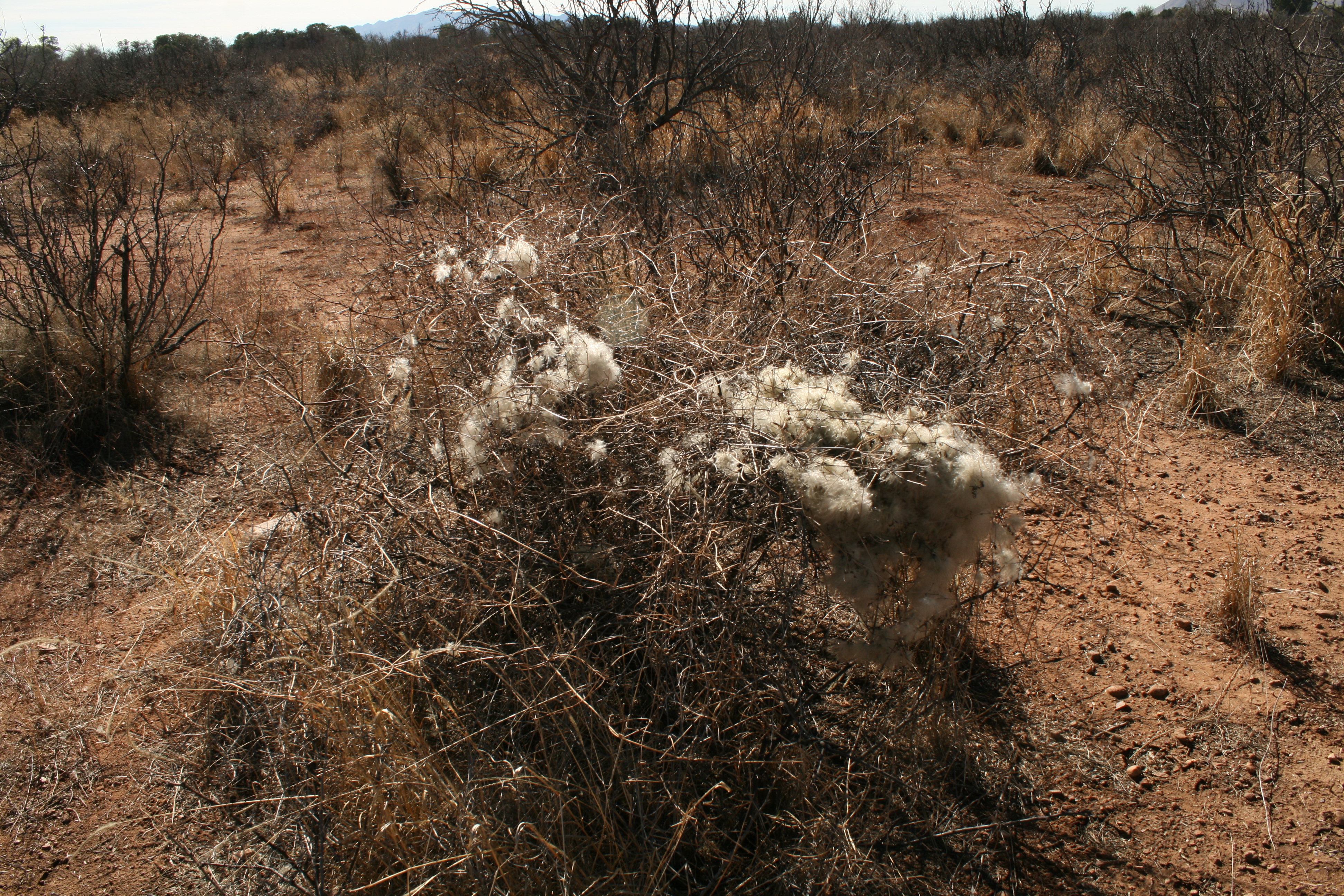March really is the month of change around all of us in the borderlands of southeastern Arizona. How fun to celebrate the arrival of turkey vultures, the departure of sandhill cranes or the dropping of antlers. It’s as if you can pick any change you notice in the semi-arid ecosystem you live in and shout, “This calls for a celebration!”
Snapdragon vine is Maurandya antirrhiniflora and It is found all along the length of the southern border of Arizona from 1,500’ to 6,000’ and of course southward into Sonora and Chihuahua. I’m anxious to find out what color form I collected, whether it will be rose or violet colored, so I’ll be going back to the boulder strewn slope where I saw the dried seed capsules and look for flowers in a few weeks. In Arizona Flora the description reads, “The showy snapdragon-like flowers make this plant well worth cultivating.” Sweet! So, no matter what the color form I find, I’m pretty sure it will call for a celebration. A large celebration, I’m thinking.
A quick botanical note: I mention monkey flower being in the same as snapdragon vine, but that is no longer true. I am a slow learner, but monkey flower has left the figwort family to join the lopseed family.


The flower pic is by Max Licher. The dry vine clambering over the shrub and the dry seed pod photos are mine. The bandana served as a container for collection. Usually I remember to have seed envelops in the truck…not that day.

Petey snaps out of his winter doldrums and joins the world for spring. ‘Bout time Petey. Pollinator gardens are one of the most wonderful...

Canyon hackberry must be an old common name, because all the new literature calls it western hackberry. Western, I suppose, as opposed to the...

We are living in stressful times and getting out of the house, if only to your back yard, is always a good idea. Native...